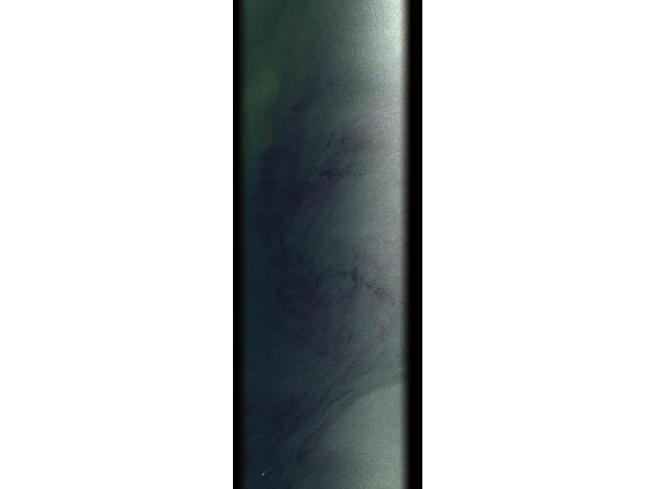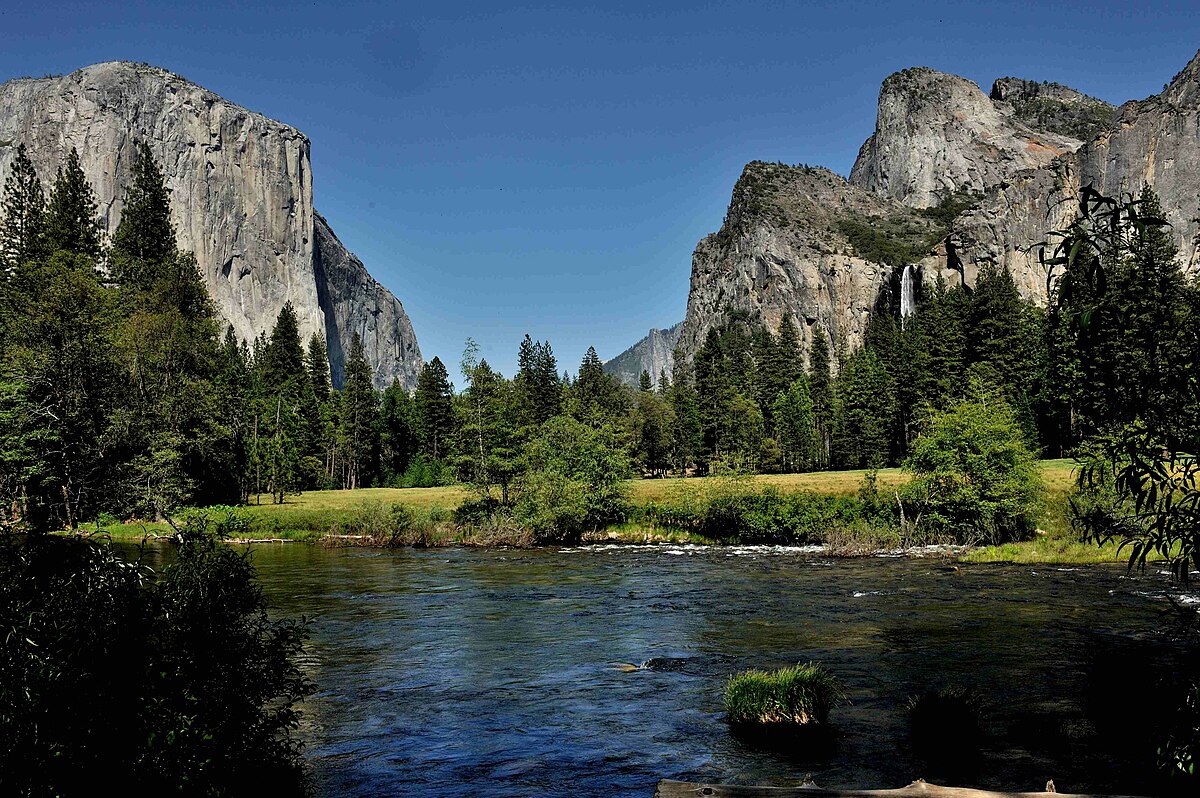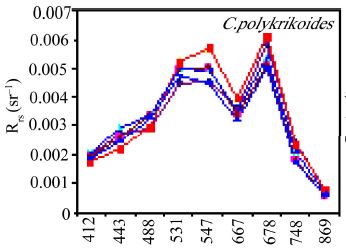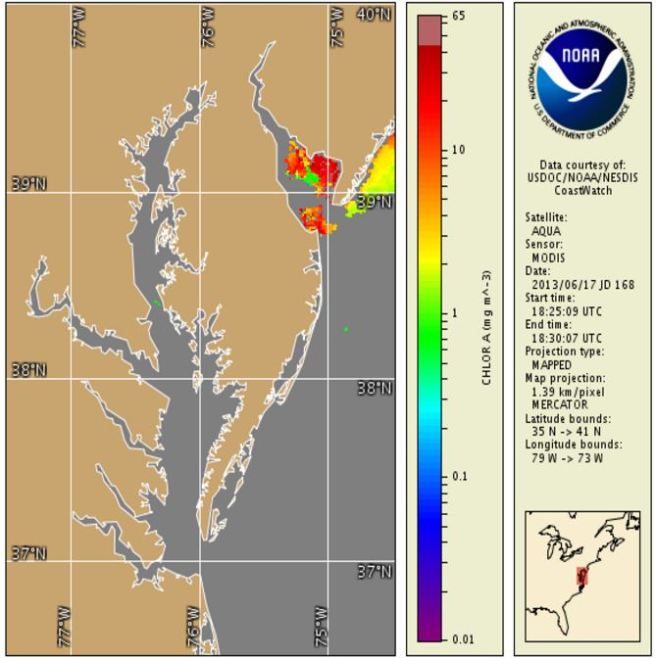According to U.N. Secretary-General Ban Ki-moon, climate change is “one of the most crucial problems on Earth”. That’s because climate change means more than just rising temperatures and shrinking glaciers. Climate change also means shifts in weather patterns, stronger storms, longer and more severe droughts, changes in the distribution of agricultural pests and diseases, increased wildfire risk, greater ocean acidity, and sea level rise.
For my semester project, I chose to model sea level rise at Wallops Island, Virginia. I visited Wallops Island in April as part of the STEM Takes Flight Sea Level Rise/Invasive Species Service Learning Course. I will write about that experience in another post.
Wallops Island is a barrier island off Virginia’s Eastern Shore. It is a wildlife refuge and home to NASA’s Wallops Flight Facility, which is NASA’s center for the management and implementation of suborbital research programs. Because of Wallops Island’s location, it is especially vulnerable to sea level rise.
Satellite measurements (NOAA, 2016) show that since 1992, global sea level has been rising at an average of 0.11 inches per year. However, in Virginia’s barrier islands, sea level is rising at twice that rate, an average of about 0.22 inches per year (NOAA, 2016).
When you think of a quarter inch, it really doesn’t seem like very much.Why is this a big deal?
In places like Wallops Island where elevation is close to sea level, small amounts of sea level rise can result in large losses of land. At the current rate of sea level rise, most of the island will be gone by 2040.
Here are some maps I created of land loss on Wallops Island. In this image, land is represented as black and water is represented in color.

Sea level rise is not a new problem for Wallops Island. Land in the Chesapeake Bay area is subsiding or sinking because the Earth is still adjusting to the recession of the glaciers from the last ice age about 12,000 years ago. However, land subsidence increases the rate of relative sea-level rise, and this is why the Virginia coasts have the second highest level of sea level rise in the U.S.
Because of subsidence, the coastline of Wallops Island has moved steadily shorewards from 1851 (earliest data available) to 1962. However, since 1962, NASA interventions, including a sea wall completed in 2012, have restored much of the shoreline. The 2014 and 2011 coastlines showed the least encroachment because of these interventions.
Even with the sea wall, constant maintenance is required to prevent the beaches from losing 10 to 22 feet of coast to erosion each year.
As the Earth warms, rates of sea level rise will increase. It will become harder and more expensive for NASA to counteract the loss of land and protect its facilities.
For a video and more information about sea level rise, Wallops Island, and the methods used in my project, visit my online story map.

































 What is going on? Did New York City specifically zone these locations to have tall buildings? Is this meant to preserve the skyline? Or, is it intended to show the importance of the Financial District?
What is going on? Did New York City specifically zone these locations to have tall buildings? Is this meant to preserve the skyline? Or, is it intended to show the importance of the Financial District?
